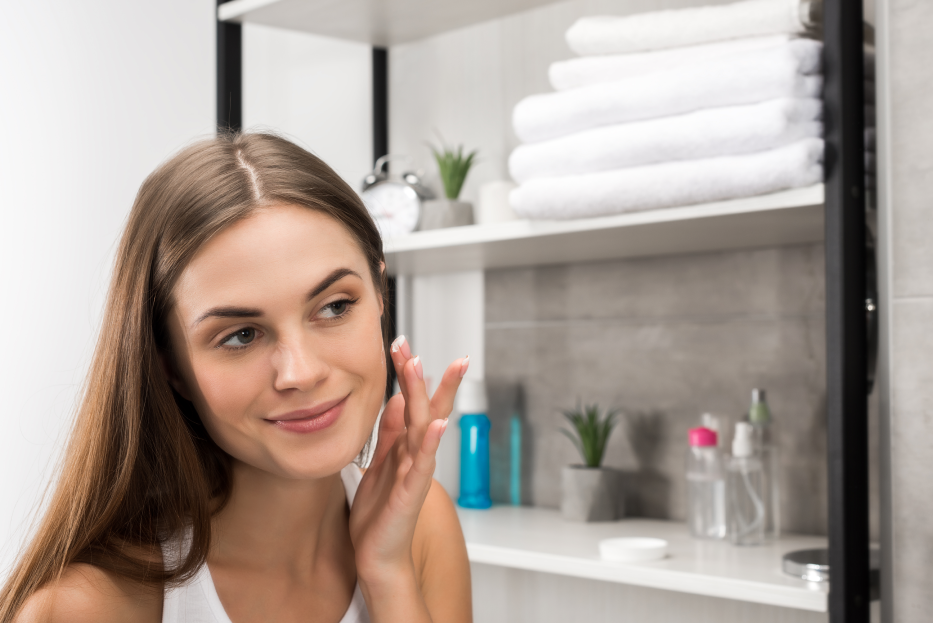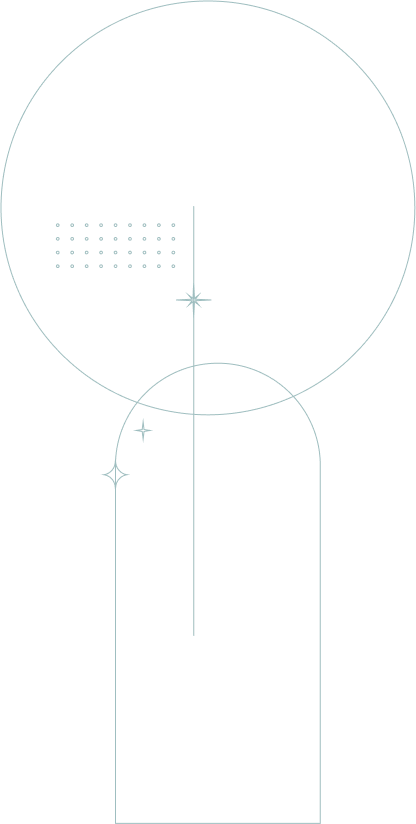
From flushing to pesky bumps, rosacea is notoriously tricky to treat. But according to leading derms, calmer, healthier skin is much easier than you think
By Ruby Feneley
For centuries, poets and painters have romanticised rosy cheeks, but if you’re one of the estimated 10 per cent of Aussies living with rosacea, there’s nothing delightful about facial flushing, red bumps or feeling the burn when a flare kicks in.
But that’s what makes addressing it all the more satisfying for dermatologists like Dr Ritu Gupta from Sydney’s Platinum Dermatology. “I love treating rosacea,” she says of the condition that most commonly affects women with fair skin and blue eyes, of Celtic, Irish or northern-European descent. (Although it can still crop up in any skin type and heritage.)
Though researchers haven’t yet fully pinpointed the cause, it clearly has a genetic component and flare-up triggers range from weather (wind, sunshine, cold, humidity) to hot drinks, food intolerances, alcohol, exercise, perfumes and even stress.
And while rosacea is a completely treatable condition, says Dr Gupta, those affected by it almost universally say it influences how they feel. In fact, a survey by the National Rosacea Society found that 90 per cent of sufferers say it impacts their confidence and self-esteem. This has been the experience of 32-year-old Camilla Rose, whose sensitive skin started turning beetroot red with exercise and hot showers in her mid-teens.
“When I was younger, at parties and drinking alcohol, I’d go completely red and feel so self-conscious,” she recalls. “I carried concealer and foundation everywhere.” And having a baby at 30 made things worse. “During pregnancy, it turned into painful pustules that looked like pimples, sensitive skin that constantly stung and permanent redness on my cheeks.”
Luise Elsing, a 62-year-old lawyer from Sydney, had a similar experience. She started experiencing rosacea in her early 30s, which is considered the classic age of onset (although many, like Rose, report reactive skin much earlier).
“My friends never saw me without make-up,” admits Elsing. “I never left the house without some form of foundation. I was also worried [in my professional life] that I looked like a big drinker.” This common misconception is one of the key reasons male patients seek out Dr Gupta for treatment. “Men in particular hate having broken capillaries because there’s an association with excess alcohol. They’re worried there’s a perception they’ve been hitting the bottle.”
So, can it be calmed or even cured? In short, the answers are yes, and no. Many, like Elsing and Rose, find relief through temporary lifestyle changes. The former found giving up her “two loves” – wine and spicy food – significantly improved her symptoms, while Rose says stress-management techniques like meditation have helped her minimise flares, although she still avoids exercise if she has an event the same day.
But treating rosacea properly doesn’t always have to mean drastic changes and depriving yourself, says Dr Gupta. In fact, with the right diagnosis, you should be able to hang onto your favourite merlot and HIIT classes. But pinpointing the cause can be tricky as rosacea is often mistaken for acne or sensitivity.
The reason some of us are born with a propensity to rosacea isn’t entirely understood, but, fundamentally, Dr Gupta describes it as a vascular disorder. “Simply put, these people react to small triggers that those without the condition don’t.” These can range from the well-known (spicy food, booze and perfumes) to the more surprising, including microbes called Demodex mites, which are found in our natural skin flora. (Studies suggest rosacea sufferers have 15 to 18 times more face mites than those without the condition, though they’re still unsure whether it’s a cause or effect relationship.)
And there are two primary types: vascular rosacea is characterised by sensitivity and reactive flushing; inflammatory or papulopustular is characterised by bumps and pus-filled spots. “The trajectory varies drastically between people,” says Dr Cara McDonald, principal dermatologist and director at Complete Skin Specialists in Victoria. “Some people will have a sudden onset of severe symptoms. For others, it is a gradual progression from flushing to redness and pimple-like lesions.”
Left untreated, it’s also likely to get worse. “Over years and years, blood vessels become permanently dilated,” explains Dr Gupta. “Broken capillaries, which are simply capillaries that aren’t opening or closing anymore, cause a red complexion.”
“Unfortunately, many people are still mistreated, especially by being given treatment only for the inflammatory component (lumps and bumps) while failing to treat the vascular component (redness and flushing),” says Dr McDonald. While catching it early won’t cure rosacea, it does improve the skin, meaning fewer lifestyle adjustments are needed long term.
What does proper treatment look like? If a dermatologist diagnoses just the inflammatory type, prescription creams to treat the mites and a short course of low-strength antibiotics can be prescribed. Vascular rosacea requires treatment with IPL or laser devices to close off broken blood vessels.
But, according to Dr McDonald, the most important thing is seeing a specialist. While some people require continuous medication, “there are options for all rosacea sufferers”.

